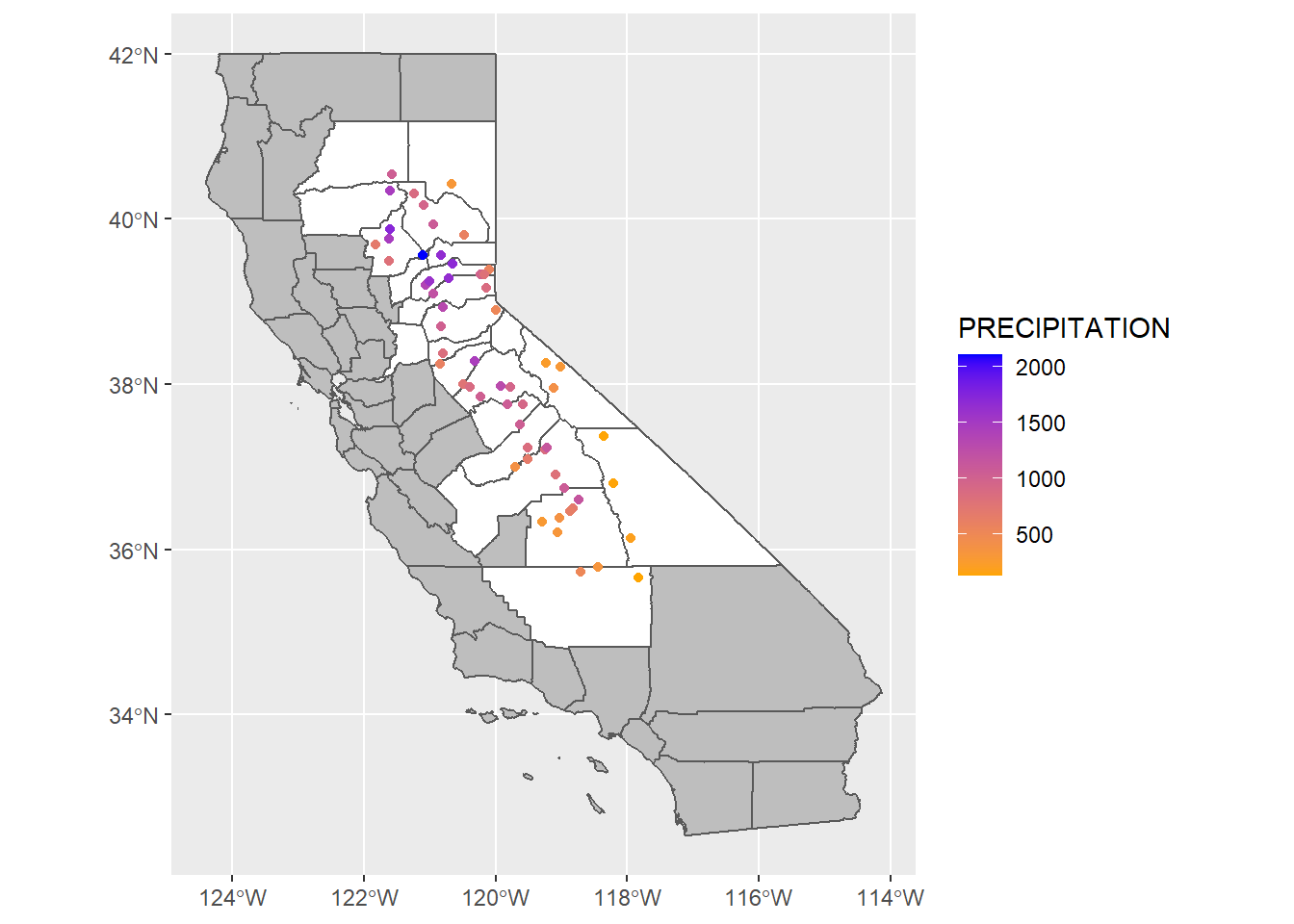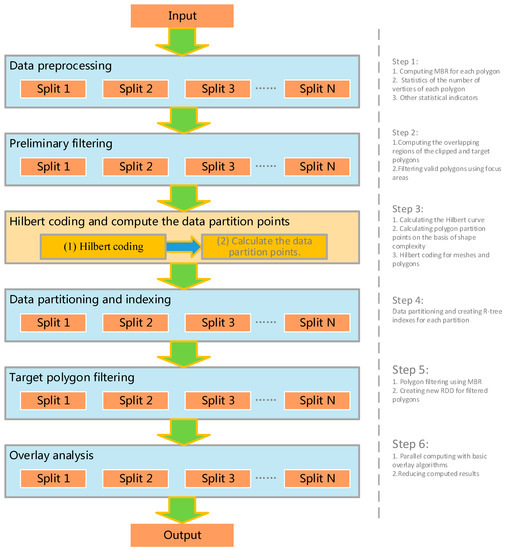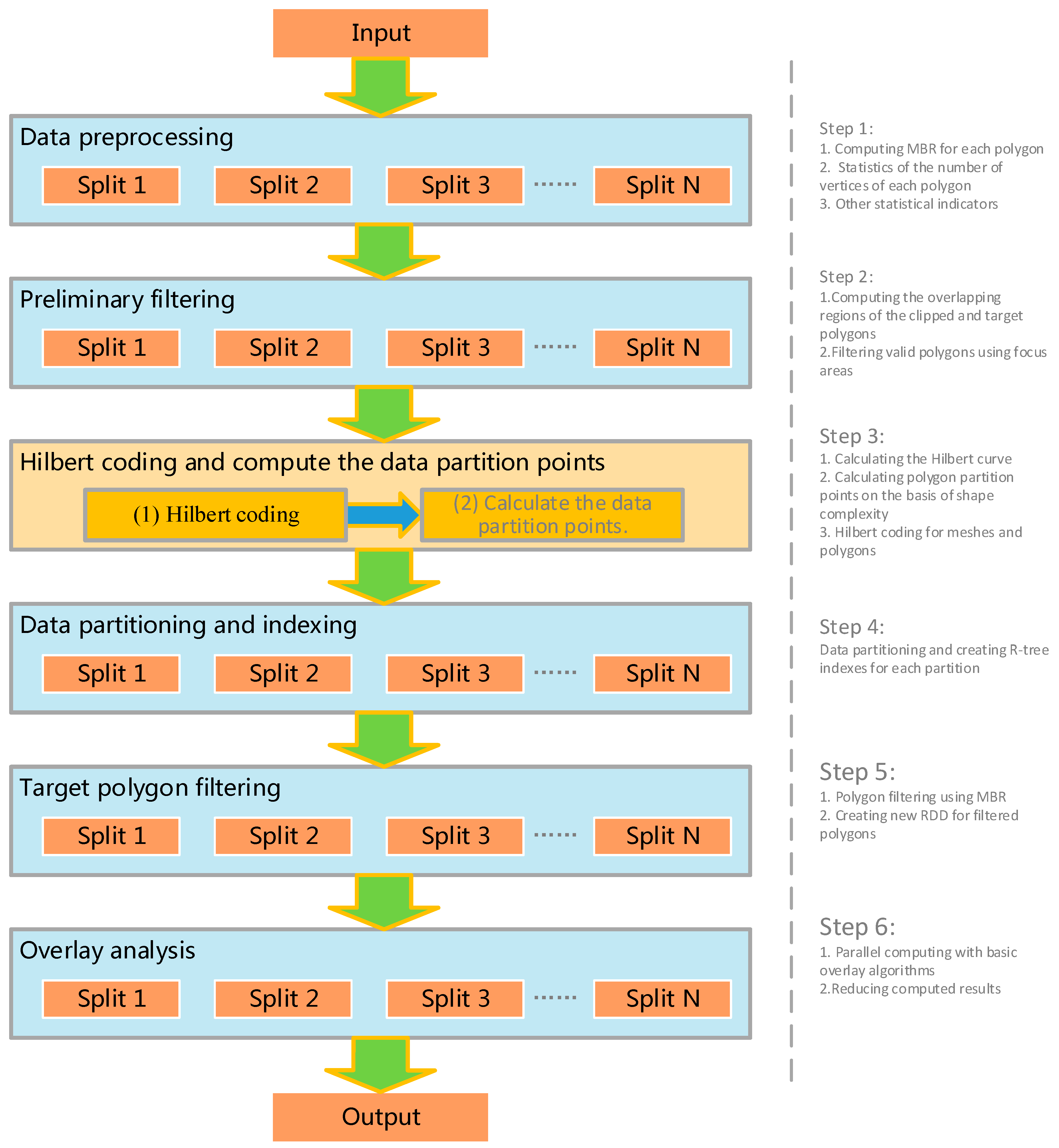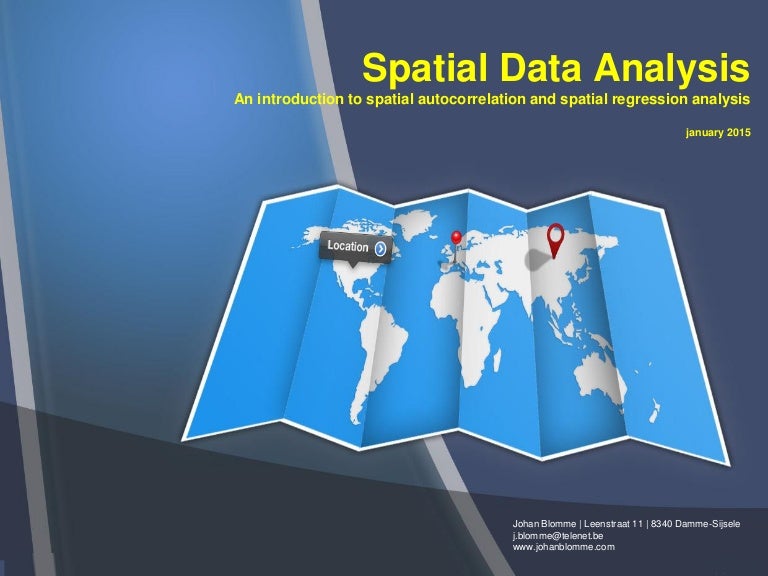In Which Type of Data Is Proximty Polygons Usually Used
A regular hexagon will have equal 6 sides and all its interior and exterior angles also measure equals. Before performing hotspot analysis you need to test for the presence of clustering in the data with some prior analysis technique involving spatial autocorrelation which will identify if any clustering occurs within the entire dataset.

7 Spatial Analysis Introduction To Environmental Data Science
However only 11 of these instance types are instantiable.

. To the last xy coordinate of the line the end coordinate. Usually substantial data generalization or interpolation is required for these data layers. Similarly youll likely perform additional analysis on the results of the overlay such as.
Vector data use sequences of x-y coordinates to store discrete point line or polygon features. You can create and work with these instances or instantiate them in a databaseThese instances derive certain properties from their parent data types. For example you might include datasets derived from proximity analysis such as the Buffer tool or surface analysis the Slope or Aspect tool.
This highlighted multi-part polygon shows the Forest Services land in the Sequoia Forest. It is a visual way of presenting quantitative data and its frequency. Point that have coordinate value line shows distance and polygon that represent a boundary of empty space.
Functionality for large data sets eg. Raster data employ arrays of values representing conditions on the ground within a square called a pixel. The second lecture Proximity and Accessibility will make learners realize how spatial data science can be used for business applications while trade area analysis supply to demand ratio Floating Catchment.
A frequency polygon is one of the easiest ways for grouping the data. Thiessen polygons also known as Voronoi or proximal polygons assume that the extent of a points influence can be strictly defined by its proximity to neighbouring points. The Polygon datatype represents a shape on the Earth as a ring of WGS84 Latitude and Longitude pairs.
It is usually drawn with the help of a histogram but can be drawn without it as well. Polygons are represented on a map as vector data as opposed to the raster data used for most base maps. Frequency polygons provide a clear picture of the data that is being represented on the graph.
A Voronoi diagram is usually used for this but polygonal segmentations may be calculated using other. Specify one or more polygon features that completely restrict travel. Spatial data objects.
Continuous data such as elevation data is not effectively represented in vector form. Generally the polygons completely cover the entire region and the weights are calculated as the inverse of the area of each polygon. The geometry and geography data types support 16 types of spatial data objects or instance types.
A frequency polygon is usually used to display. It is used to compare data sets or represent a cumulative frequency distribution. The main spatial data types are vectors and rasters.
Proximity is a high-volume low latency server-side geofencing solution. It is used to depict the shape of the data and to depict trends. The first lecture is an introduction in which an overview of Spatial Data Analytics and a list of six topics are given and discussed.
The polygons whose all the sides are equal are called equilateral polygons for example an equilateral triangle a square etc. Usually applied based on a specific dissolve attribute associated with each feature. A dissolve function is primarily used to combine similar features within a data layer.
A large number of features. The location is encoded as a GeoJSON polygon. Vector data model is represented in three 3 types.
Spatial analysis and filtering within polygons is impossible. Answer 10 Points only quantitative data all of the given responses are correct only qualitative data both quantitative and qualitative data. Spatial data are basically of three different types and are wisely used in commercial sectors.
Thiessen polygons are sometimes also known as Proximal polygons. Adjacent polygons may have identical values for an attribute. Thiessen polygons are sometimes used instead of interpolation to generalize a set of sample measurements to the areas closest to them.
Statistics and Probability questions and answers. Extensions include allowing abstract data types such as lines polygons and bit maps and allowing spatial conditions such as contains or overlaps. Map data includes different types of spatial features of objects in map eg an objects shape and location of object within map.
The figure below shows the geometry. Every feature is linked to an attribute table containing information about the feature. They can be thought of as modeling the catchment area for the points as the area inside any given polygon is closer to that polygons point than any other.
Another type of polygon is the hexagon which has 6 sides and 6 vertices. Overlay analysis is often used in conjunction with other types of analysis. Frequency PolygonA frequency polygon is a graphical form of representation of data.
Extensions of SQL have been proposed to permit relational databases to store and retrieve spatial information efficiently and also to allow queries to mix spatial and non spatial conditions. Every label node vertex and line of which a polygon consists must be stored with precise coordinates and GIS software is designed to do this. Queries are under performed will under one millisecond each permitting twenty-thousand point-in-polygon queries-per-second on a.
1000 00 1010 00 1010 10 1000 10 1000 00 Heads up. Rasters have grid cells while vectors are points lines and polygons consisting of vertices paths. Choosing left or right usually means you know that your line features were created and stored in a particular direction for example upstream or downstream in a river network.
The resulting polygons have all the attributes of the original polygons. 2 The Thiessen polygon method has played a very important role in hydrology and meteorology for estimating average rainfall and other hydrometeorological factors. The polygons usually represent administration boundaries or a custom grid structure.
Spatial data is the data collected through with physical real life locations like towns cities islands etc. It allows advertisers and developers to validate at high-speed millions of coordinate pairs against thousands of geographic point and polygon geofences.
Multi Criteria Overlay Analysis Qgis3 Qgis Tutorials And Tips

Bab 7 Analisis Sistem Informasi Geografis Belajar Sistem Informasi Geografis
Multi Criteria Overlay Analysis Qgis3 Qgis Tutorials And Tips

Procedure To Create The Public Transport System Data Classes From Osm Download Scientific Diagram

Qgis Remove Overlapping Areas And Fill Gaps With The Processing Toolbox Tool Box Gap Tutorial

Best Infographic Design Examples To Inspire Your Own Projects Infographicdesign Infographicinspirat Infographic Examples Infographic Inspiration Infographic

Data Structure Contemplated In Gis For The Study Area Download Scientific Diagram

7 Spatial Analysis Introduction To Environmental Data Science

Pose Space Node Custom Maya Api Python Node Maya Python Custom

Architectural Overview Of Accumulo Download Scientific Diagram

Data Structure Contemplated In Gis For The Study Area Download Scientific Diagram

Ijgi Free Full Text High Performance Overlay Analysis Of Massive Geographic Polygons That Considers Shape Complexity In A Cloud Environment Html

Proposed Workflow From Input Data To 3d Building Models Including Paper Download Scientific Diagram

Ijgi Free Full Text High Performance Overlay Analysis Of Massive Geographic Polygons That Considers Shape Complexity In A Cloud Environment Html
Multi Criteria Overlay Analysis Qgis3 Qgis Tutorials And Tips

Add An Array Modifier Arrays Tutorial Blender

Image Result For Grasshopper Urban Design Grasshopper Parametric Architecture Urban

5 Types Of Data Shaping The Location Industry Blog Xtract Io
